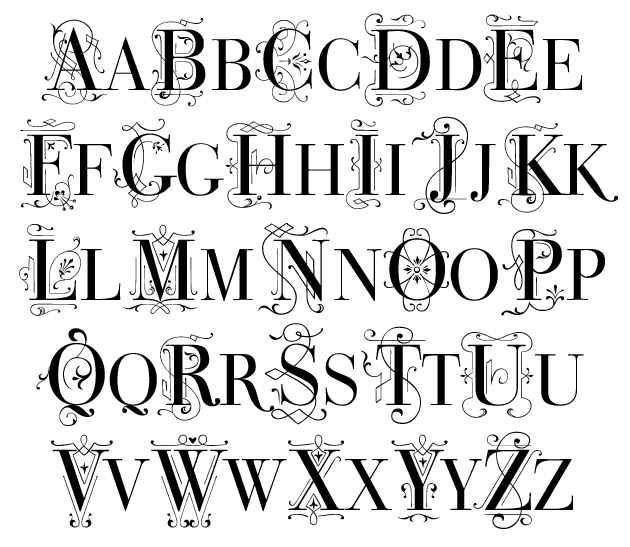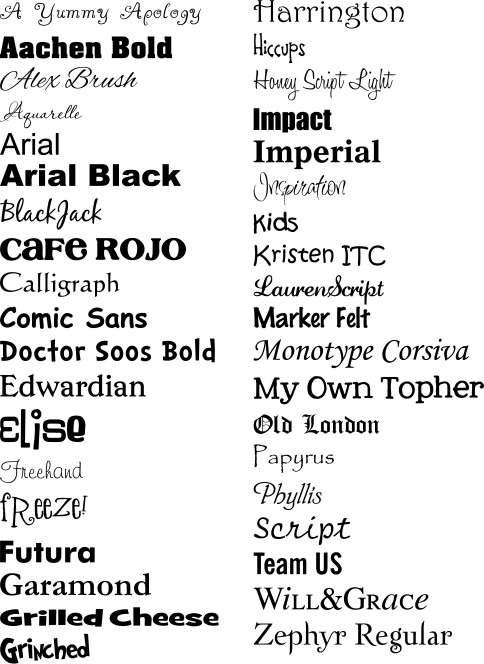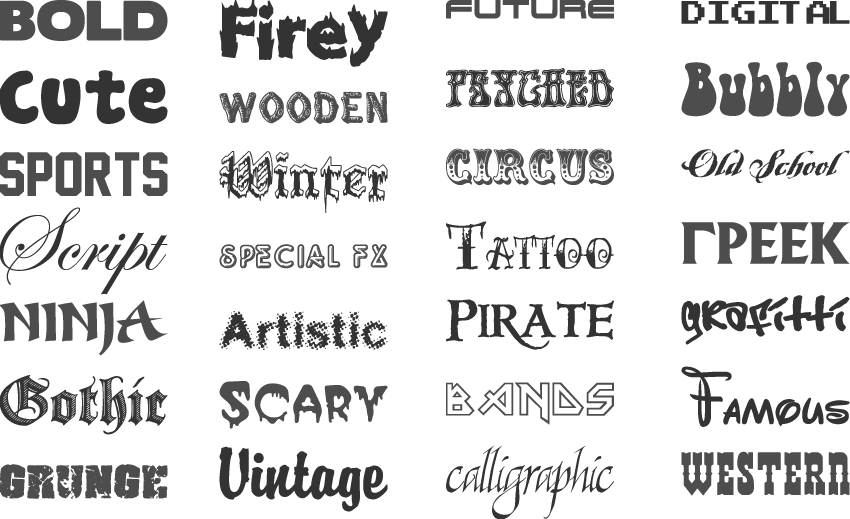
Slab fonts carry a certain typographic authority, that demand the viewers attention. Until this time, the usual font of the day had been used for long sections of type, but as the printing industry grew, advertisers were in need of a bold call-out type. The Slab Serif is about a 200 year old letterform that came from Britain and quickly became very popular, with their geometric and beefy block-like serifs plastered all over everything from crates to pamphlets. Type usually set larger than 14 point is considered “display” and sets the tone for a design piece. They tend to appear in advertisements on billboards, posters, book jackets and packaging. Some popular sans serif fonts are Helvetica, Avant Garde and Geneva.ĭisplay type is also known as headline type and is meant to draw and hold a viewer’s attention. The term comes from the French word Sans, meaning “without” and “serif” (Dutch) with the meaning “line”. They do not have the small embellishments that the Serif fonts do on the end of each character. Sans Serif fonts are fonts composed of simple lines. An example of classic serif fonts are Times Roman, New Century Gothic, and Palatino. Serif fonts are typefaces composed of lines with their ends embellished with small marks or strokes making them easy to read. We’ll look at all our examples using the same format: the name of the font, a basic description, and an example so you can see each one in action.

The most elementary and different kinds of fonts are here listed for you, so look no further! We have a list of the 17 of most used kinds of typefaces in general order of their usage and popularity. Different fonts take up different amounts of space on the page thus, we recommend using word count rather than page count to gauge paper length if possible.So you want to get a handle on the main types of fonts used by graphic designers and typographers every day. Instructors and publishers vary in how they specify length requirements. The footnote font might be smaller than the text font (and have different line spacing), and it is not necessary to change it.

We recommend these fonts because they are legible and widely available and because they include special characters such as math symbols and Greek letters.

sans serif fonts such as 11-point Calibri, 11-point Arial, or 10-point Lucida Sans Unicode.A variety of fonts are permitted in APA Style papers.


 0 kommentar(er)
0 kommentar(er)
